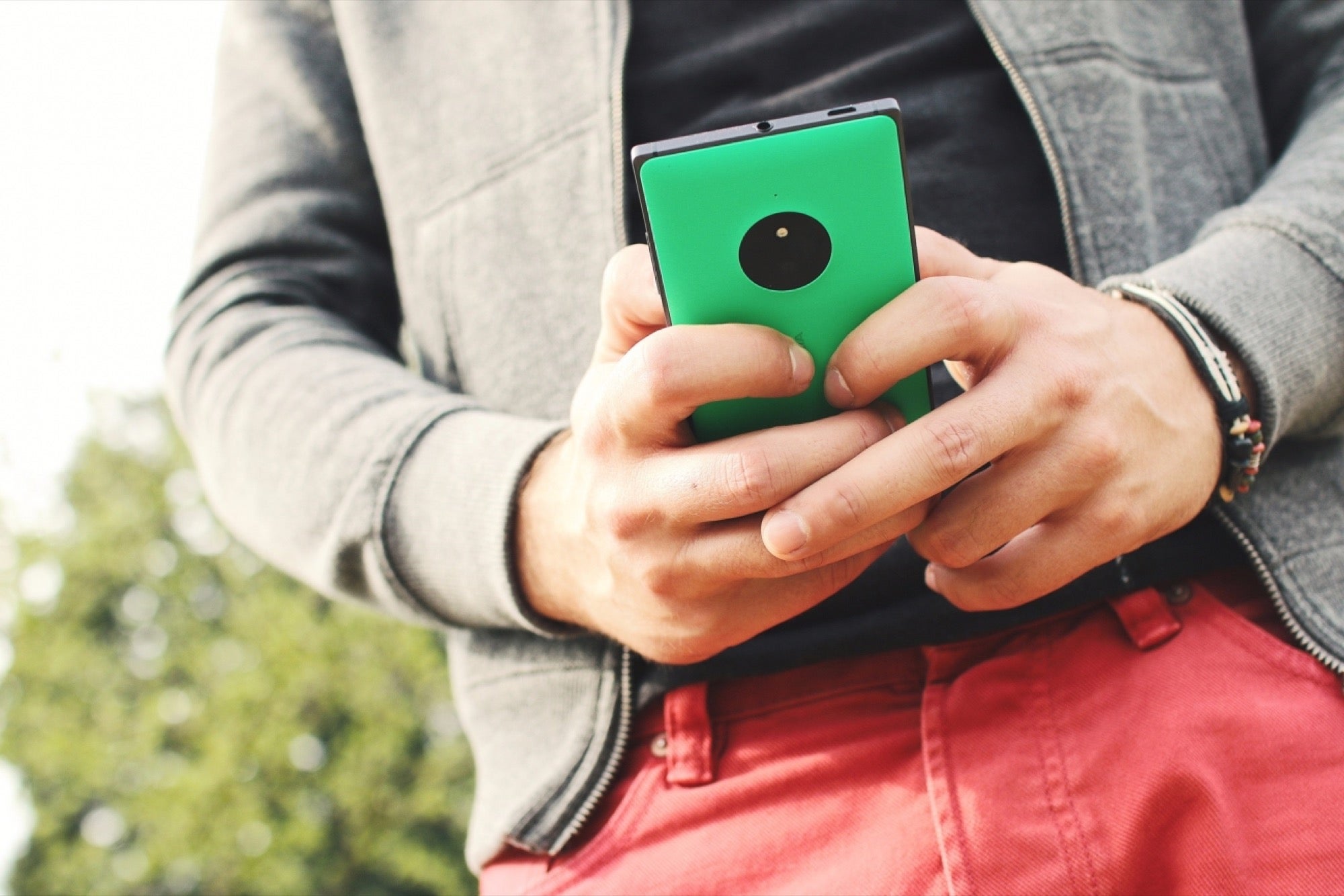Don't Discount the Power of Coupons In Your Mobile Strategy Consumers like special offers and loyaty programs for use with mobile wallet apps.
By Alex Campbell Edited by Dan Bova
Opinions expressed by Entrepreneur contributors are their own.

Offers and coupons have long been a favorite tool in marketers' arsenals. They are a proven incentive mechanism that can improve awareness, drive brand recognition, increase shopping frequency and, of course, ultimately drive sales. But despite the fact that people basically carry computers in their pockets, marketers are still counting on them to get out their scissors and Ziploc bags before heading to the store.
Vibes recently released a new set of consumer data to help marketers better understand consumers' perceptions and opinions about mobile marketing and advertising. A chief takeaway from the 2016 Mobile Consumer Report is that marketers and advertisers looking to leverage mobile to engage with shoppers should not discount the power of the age-old special offer — as well as a mobilized loyalty program.
Coupons and loyalty programs may be well-established at this point, but the report found that instead of filling their wallets and purses (or three-ring binders for the savviest shoppers), consumers have changed how they prefer to receive these types of coupons now that mobile wallet apps – like Apple Wallet (for iPhones) and Android Pay (for Android phones) – have become more mainstream. With that, here are four reasons mobile marketers should take another look at offers and loyalty.
1. Consumers likely to save content to mobile devices.
About one-third (32 percent) of smartphone users currently use a mobile wallet like Apple Wallet or Android Pay, according to the report. An astounding 94 percent said they are likely to save personalized mobile wallet offers to their smartphones.
Related: 7 Musts to Maximize Your Company's Mobile Strategy
There are reasons for that: The saving and redemption process is very simple, requiring just a couple taps to save the offer or event reminder to the mobile wallet app from a mobile banner ad, mobile site, text message, email message, social media link or other channel; mobile wallet offers can be accessed on the go (and not forgotten at home as tends to happens with print coupons); and notifications can be triggered when the coupon is going to expire or when the consumer is nearby a store.
This finding should lead brands to incorporate mobile wallet apps into their offer distribution efforts. At Vibes, we've found that once a customer downloads a coupon to Apple Wallet or Android Pay, they almost never delete it, which means the marketer can continually update it with new offers, keeping their brand top-of-mind.
2. Mobile offers influence positive brand opinions.
Over eight in 10 respondents (82 percent) said that saving digital coupons to the phone is more convenient than printing them. Yet print coupons remain dominant in brand circles, with 92.2 percent of total CPG coupons in 2014 distributed via free-standing inserts (FSIs) — leaflets sent by snail mail, the majority of which are immediately tossed in the trash. It is clear there is a great divide between what consumers want and what brands are giving them when it comes to coupons.
Unsurprisingly, 59 percent of respondents said that they would have a more positive opinion of a retailer if they offered mobile coupons. Marketers need to learn from consumers, who have overwhelmingly shifted coupon preference to mobile, and follow suit.
3. Consumers use mobile databases and mobile ads.
Another key finding from the report is that receiving coupons is the top reason consumers engage with brands via email/text/social media. We found that consumers actually appreciate mobile marketing campaigns if they directly benefit them, as sale promotions or deals obviously do.
The power of the coupon extends to mobile advertising as well. After clicking on a mobile ad, about half (49 percent) of respondents said a mobile coupon page is their preferred destination, as opposed to respondents who prefer landing on a mobile commerce page (26 percent) or an app download page (25 percent). Whether it is delivered through marketing or advertising, mobile offers and coupons arm brands and retailers with a powerful strategy to drive more value out of their existing mobile strategy.
Related: 3 Things to Make You Smarter About Your Mobile Strategy in 2015
4. Don't discount the power of a mobile-optimized loyalty program.
Not surprisingly, loyalty (rewards points) is the second-leading reason consumers engage with brands on email/text/social media, just behind coupons, and consumers want these loyalty programs to be accessible via mobile as well. In fact, two-thirds of respondents (66 percent) said they would have a more positive opinion of a loyalty program if it allowed them to store and access their information on their smartphone in a mobile wallet app.
Now that Apple and Google have introduced mobile wallet functionality that allows retailers to process mobile payments and loyalty cards and coupons together, it is up to brands to take advantage. This is where mobile wallet can truly shine as it seamlessly integrates the non-payment and payment sides of mobile wallet to create one unified experience for consumers.
Related: There Is Still Time to Prepare Your Mobile Marketing Strategy for 2015
It's Time for retailers and brands to catch up
The mobile shift is well underway, but it's not being led by marketers or advertisers — instead, consumers are leading the charge and their preferences are loud and clear: give us more offers and loyalty cards to save in our mobile wallet apps. This is the most powerful takeaway from our 2016 mobile consumer data. Marketers and advertisers would be wise to quickly embrace this consumer trend and new technologies in the mobile space to fully capitalize on this shift.









